The Easter holidays are just behind the corner, so it's about time we talk about the sheer wonder and awkwardness of the Czech Easter holidays and arguably their most shocking aspect to foreign visitors: the famous "pomlázka".
Let’s be honest here: Pomlázka is a godsend if you run food tours in Prague (or any tours) like us. Just saw the waiter drop your entire order on the floor so you know you have 20 minutes to kill? Want to invigorate the group? Want to give a piece of information about the Czechs your guests will DEFINITELY remember? You whip out the good ole’ pomlázka. Works every time. Trust me.
Before I get to explain this old Czech Easter tradition, just bear in mind two things. (1) Tradition. Just like the Fiddler on the friggin’ Roof, you usually don’t mess with it. Until you do. So don’t judge, okay? Most Czechs have just grown up with it and never give it a second though, and only realize how strange and awkward that tradition is when they try to explain it to a non-native. And (2) the Dutch have the Black Peter, and that’s even worse. Yes, we’ll take a low bar if we can comfortably overcome it, and yes, we’re not strangers to diverting people’s attention to somebody else’s dirty laundry.
[Photo courtesy of Wikipedia.]







